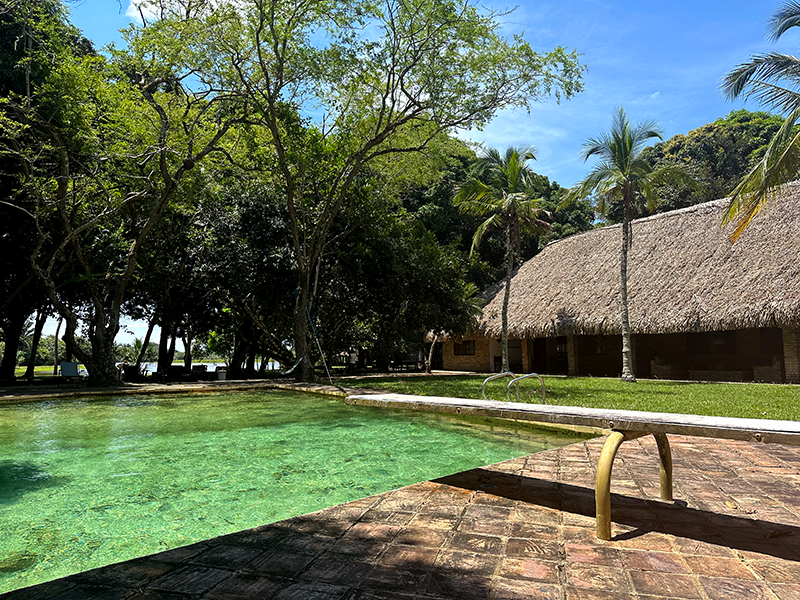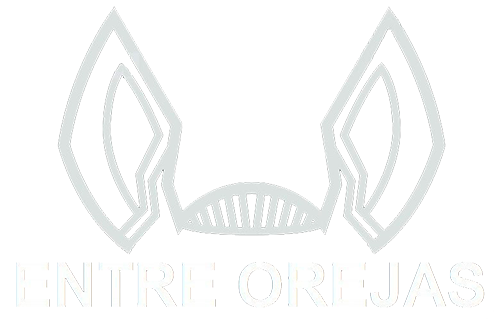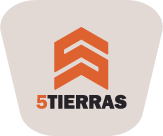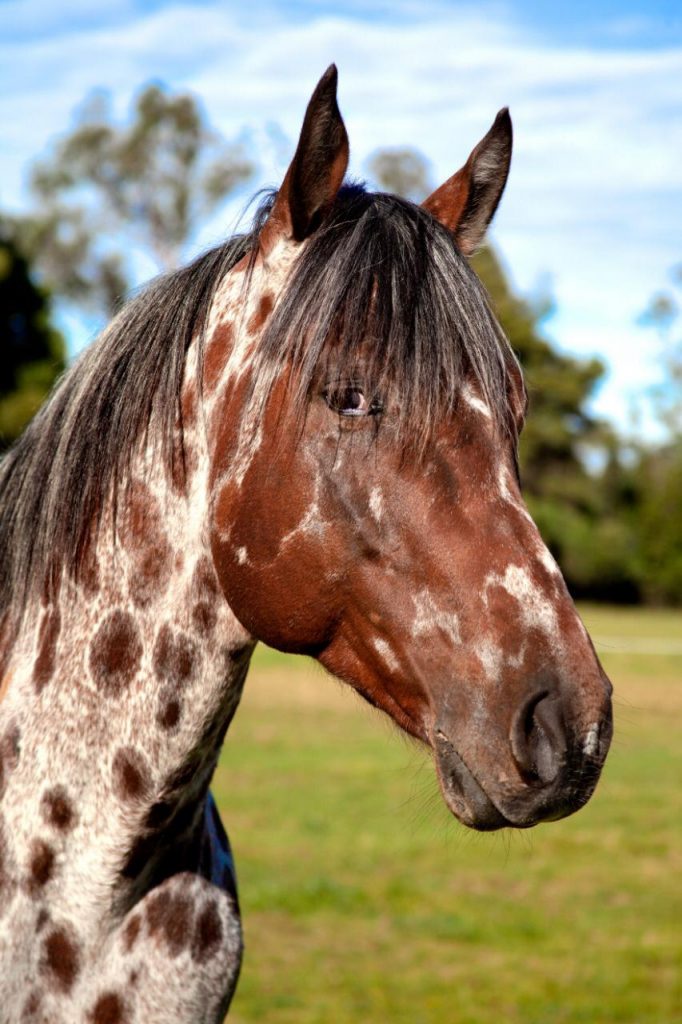Trabajos de llano - Hato Santana, Casanare
Hato Santana - Casanare
we accept all debit cards, credit cards and online payments

The eastern plains cover a significant part of Colombian territory and have the least population due to their harsh conditions. This has fostered a culture where the horse plays an essential role in the lives of the Llaneros as it's the only and best way to navigate through the floodable savannas and their flooded streams. This makes it possible for the cowboy profession and cattle tasks.
The vast extensions of plains flood during the winter and have scarce water in the summer, marking two essential seasons for the cattle and their work schedules. The Hato Santana is a legendary ranch that clings to Llanero traditions and culture. Their plains' work is a dream for the 40 cowboys who are called during these seasons.
On this occasion, we will accompany the ranch's dynamics in preparing the horses to receive the cowboys for work. Each cowboy receives, based on experience, 3 or 4 horses for the job – one tame, one in the taming process, and a young horse to start taming. During this period, they gather herds of over 300 breeding mares to deworm them and separate the young horses ready for taming. They also groom their manes and tails, and if necessary, they separate the stallions from the herds.
Welcome to Yopal, the capital of Casanare. The meeting point is the Yopal airport. Therefore, you need to catch a flight from Bogotá to Yopal, Gate (EYP). A private 20-minute transfer will pick you up from the airport and take you to the hotel where we'll have a welcome dinner.

Group size
Level of Experience
Difficulty
we accept all debit cards, credit cards and online payments

Day 1
Day 2
We'll wake up a bit later than usual for an 8 am breakfast. We'll ride our horses to search for the mare herds, approximately a 4-hour journey to the next ranch. There, we'll enjoy a fresh lemonade and receive our herding positions. Along with the cowboys, we'll herd over 200 animals to the ranch pens – the duration depends on the season and their location. Once we arrive and have lunch, we'll observe the pen work, where they deworm, groom manes, and select young horses ready for taming.
Day 3
After breakfast, we'll ride our horses to return the horse herd to their new grazing spot, usually in the large pens of the ranches. These pens cover about 1000 hectares and are designed to protect the young from pumas. We'll have arepuelas (a type of bread) and a fresh lemonade before returning to the house. After lunch, we can rest, learn about the crafting of ropes and tools from hair and leather, and enjoy the pool. Depending on the season, we can use kayaks in the large pond in the house's yard and observe the capybaras.
Day 4
After breakfast, we're heading to the village! We'll ride to a traditional Llanero village where we'll have lunch and learn more about their culture, music, and dance. Then, we'll return to the main house for dinner.
Day 5
You don't truly know the plains unless you spend a night in a hammock on a ranch. We'll pack a small bag to spend the night on a ranch – a small house with corrals where the caretakers of a part of the land and the grazing animals live. It's the place where the cowboys stay during the work seasons. Amidst the savannah, we'll sleep with the real Llaneros in the stables. As usual, there will be songs and rhymes before resting.
Day 6
After packing up the hammocks and having breakfast, we'll prepare to say goodbye to these plains and head back to civilization, riding to Matabrava, the entrance and exit of the ranch. After lunch and saying our farewells to the cowboys and horses, we'll take a two-hour transfer back to Yopal. In the evening, we'll see a demonstration of "coleo", a national equestrian sport originating from this region, developed for controlling wild animals that broke from formations. We'll have a farewell dinner and stay overnight at a Yopal hotel.
Day 7
Included:
Important Note: Day-to-day work will be subject to the dynamics of flat work. This means that daily tasks may vary in time and distance and will be adjusted according to the criteria of the Caporal (plainsman in charge of flat work).
This is an all-inclusive 5TIERRAS experience
- Aperated Horses
- Accommodation
- Foods
- Snacks
- Guides
Not included:
- Transportation to the Hato
- Liqueur
Recommendations / What to bring
WHAT TO BRING CHECKLIST:
- Flashlight
- Insect repellent
- Caladryl (itch relief lotion)
- 4 sets of quick-drying clothes (no jeans)
- Swimsuit
- Waterproof shoes
- Hat (that you don't mind getting wet)
- Knife
- Poncho (2)
- Clothes you aren't too attached to
- Sunscreen
- Pack everything in duffle bags or backpacks or dry bags. Avoid wheeled or rigid suitcases since everything might be carried on mules or tractors and can get wet.
- A dry bag we found useful on treks (purchased from Decathlon): [shorturl.at/mFKLU](shorturl.at/mFKLU)
- Some form of waterproof protection for your cameras/phones.
- If you like wearing jackets and are comfortable in them, bring them (not essential).
- As there are no nearby stores, bring your provisions (cigarettes, medicines, etc.) for 5 days.
- For the night, bring pajama pants and a top in case it gets cold.
RECOMMENDATIONS | WHAT NOT TO BRING CHECKLIST:
- Do NOT bring rain boots (we will provide them).
- Do NOT bring saddles (we will provide saddled horses).
- Do NOT bring laptops.
Climate:
The climate is tropical, situated at an altitude between 100 and 200 meters above the equator. Thus, there aren't distinct seasons but rainy and dry periods. Daytime temperatures range from 25 to 35 degrees Celsius. Depending on the time of year, it can be humid with mosquitos, but nothing repellent can't handle. For more information, see the Wikipedia link on the Orinoquía region of Colombia: [https://es.wikipedia.org/wiki/Regi%C3%B3n_de_la_Orinoqu%C3%ADa_(Colombia)](https://es.wikipedia.org/wiki/Regi%C3%B3n_de_la_Orinoqu%C3%ADa_(Colombia))
Currency:
The Colombian currency is the Colombian Peso (COP).
1 USD = 4200 COP
1 EUR = 4500 COP
staff
Fees and payment methods
we accept all debit cards, credit cards and online payments




















































